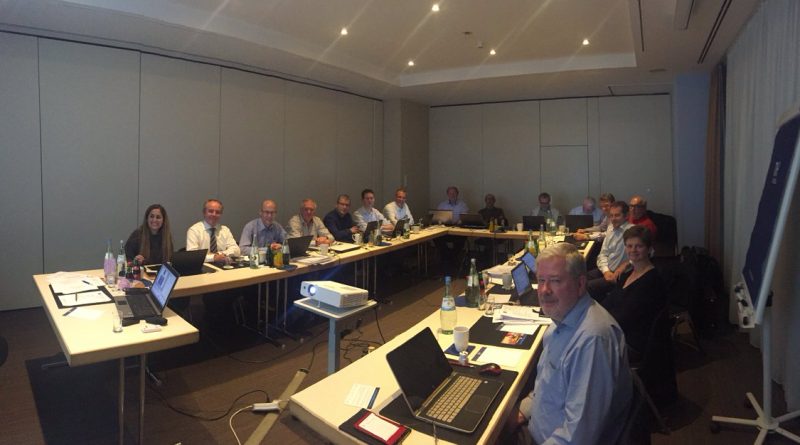EAPFP highlights key achievements in Munich
EAPFP highlights key achievements in Munich
European Association for Passive Fire Protection (EAPFP) members, representing some eleven countries across Europe, met in Munich, Germany on 29-30 November to discuss the Association’s aims and objectives for the coming year.
During two days of wide-ranging debate the delegates looked in detail at the main concerns and activities within each state to identify where progress could be made by sharing knowledge and experience and through campaigning at a pan-European level.
The delegates highlighted influencing standards and regulation as key to improving levels of passive fire protection in buildings across Europe. They declared that setting the highest possible standards and requirements for products and installers, as well as educating society about the vital role of passive fire protection is key to improving fire safety in the built environment. They also saw tackling the misuse of fire safety engineering to reduce levels of fire protection, particularly passive fire protection, as a key campaigning issue.
Recent EAPFP activities were reviewed and delegates agreed to continue to share information and educational resources to ensure that best practice and knowledge is widely disseminated. The Association will continue to develop plans to lead a campaign to promote European standards outside of the European Union and agreed a position paper against the imposition of national requirements for additional approvals for CE-marked construction products in Europe.
A key activity during 2017 will be participation in the relevant CEN Technical Committees involved in drafting harmonised standards for fire protective products. EAPFP has long campaigned for further harmonisation and has been invited to comment on the recently released draft Standardisation Request for fire protective products, This will affect reactive (intumescent) coatings for ferrous substrates; fire stopping and fire sealing products for penetration gaps and linear joint seals; and other fire protective products, including boards/slabs, mats, renderings.
Commenting on the Association’s activities, EAPFP President Joric Witlox declared:
“Discussions from our meetings have helped us to identify several key areas of concern across Europe, as well as to highlight the EAPFP’s achievements to date.
“The Association is actively involved in influencing European standards and regulations that affect the safety of our built environment. It has long campaigned for further harmonisation of standards for fire protective products and we are pleased that our expertise in this area has now been recognised.
“Our key aim is to improve the quality of passive fire protection products and to ensure they are correctly installed and maintained and we will continue to promote initiatives which aim to advance product performance and increase the competence of installers.”
The EAPFP acts as the European voice for passive fire protection. EAPFP members are national associations representing manufacturers, contractors and other institutions involved in passive fire protection. Members meet twice each year to discuss issues affecting the European fire industry.
For further information on the EAPFP, visit www.eapfp.com; tel: +44 (0)1420 471616; e-mail: admin@eapfp.com
Published December 2016

